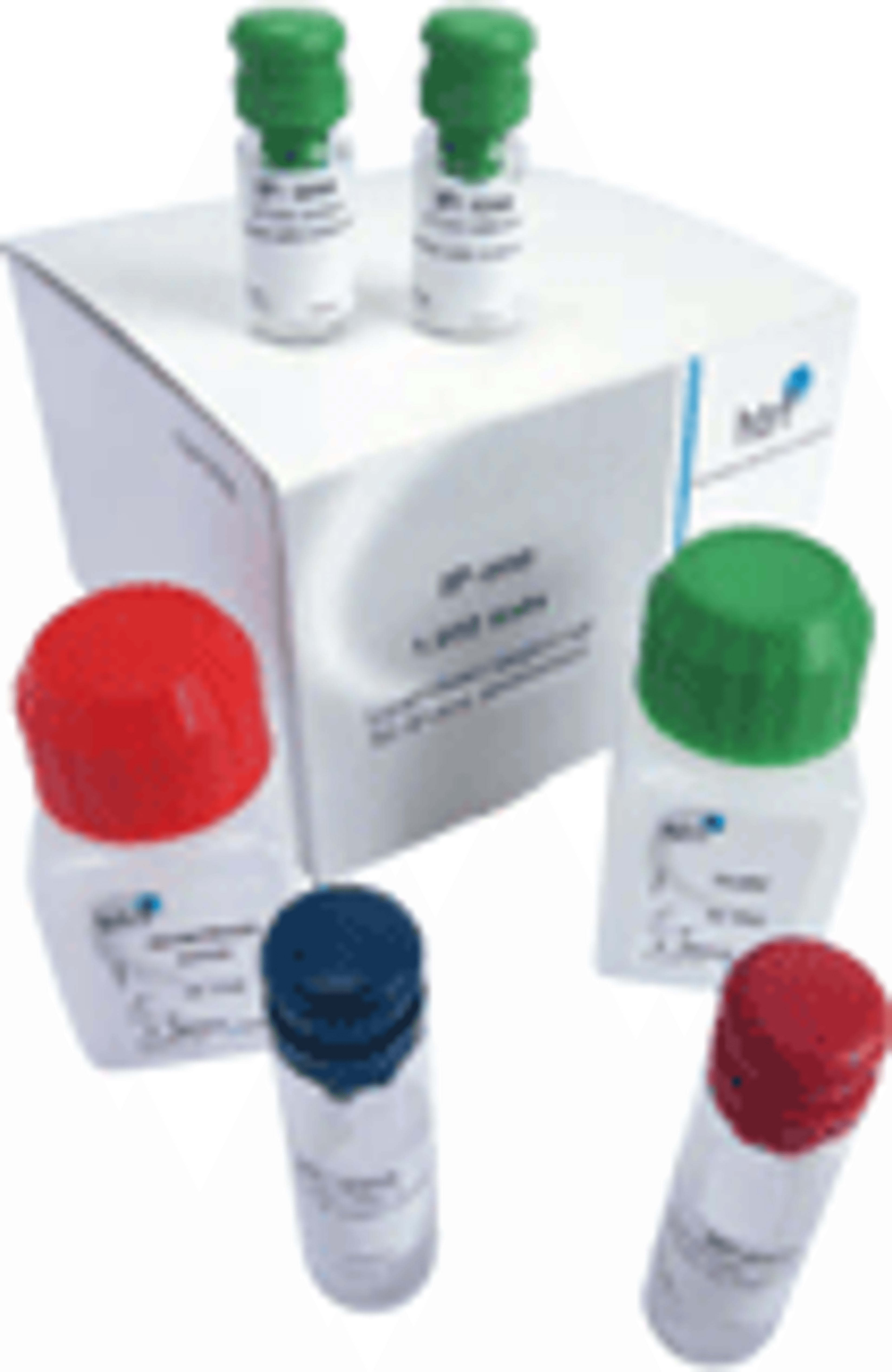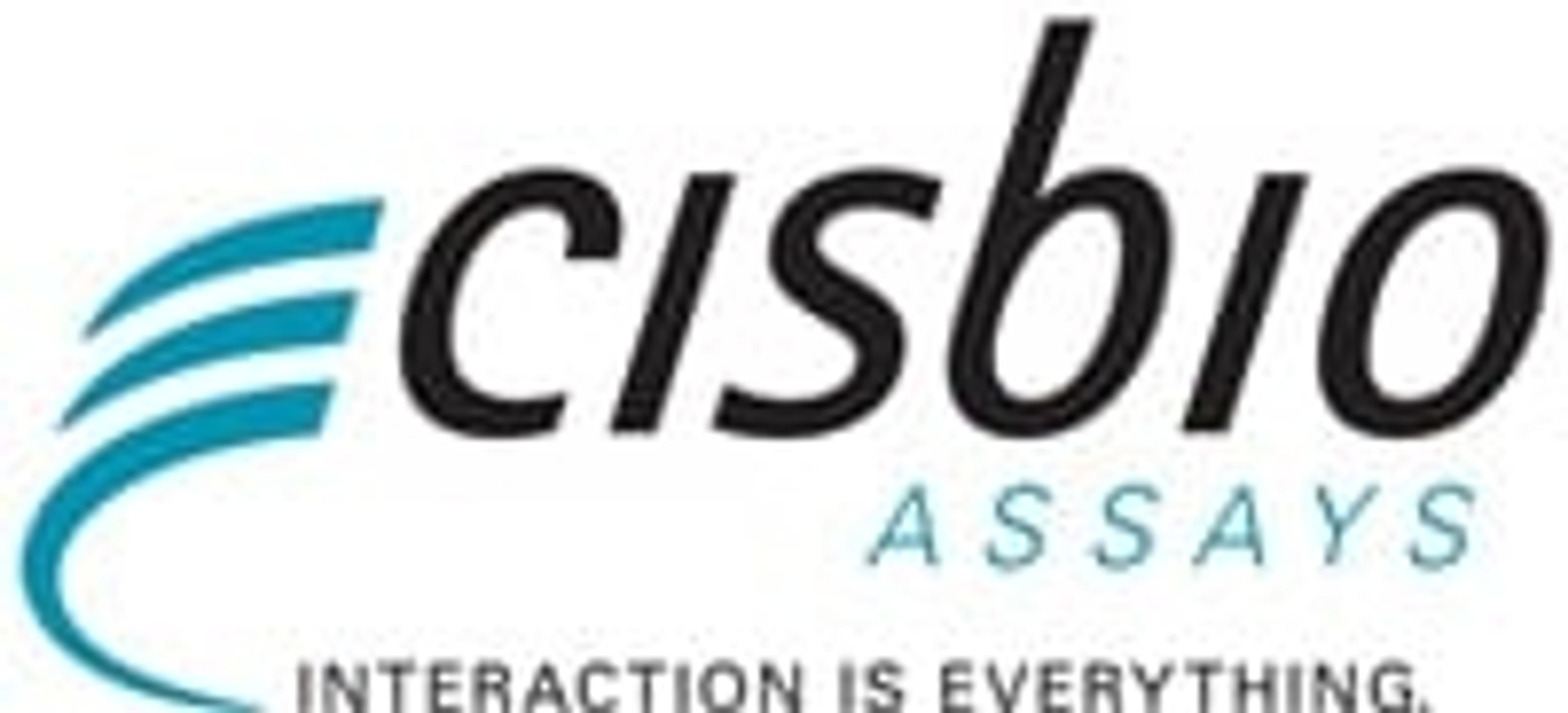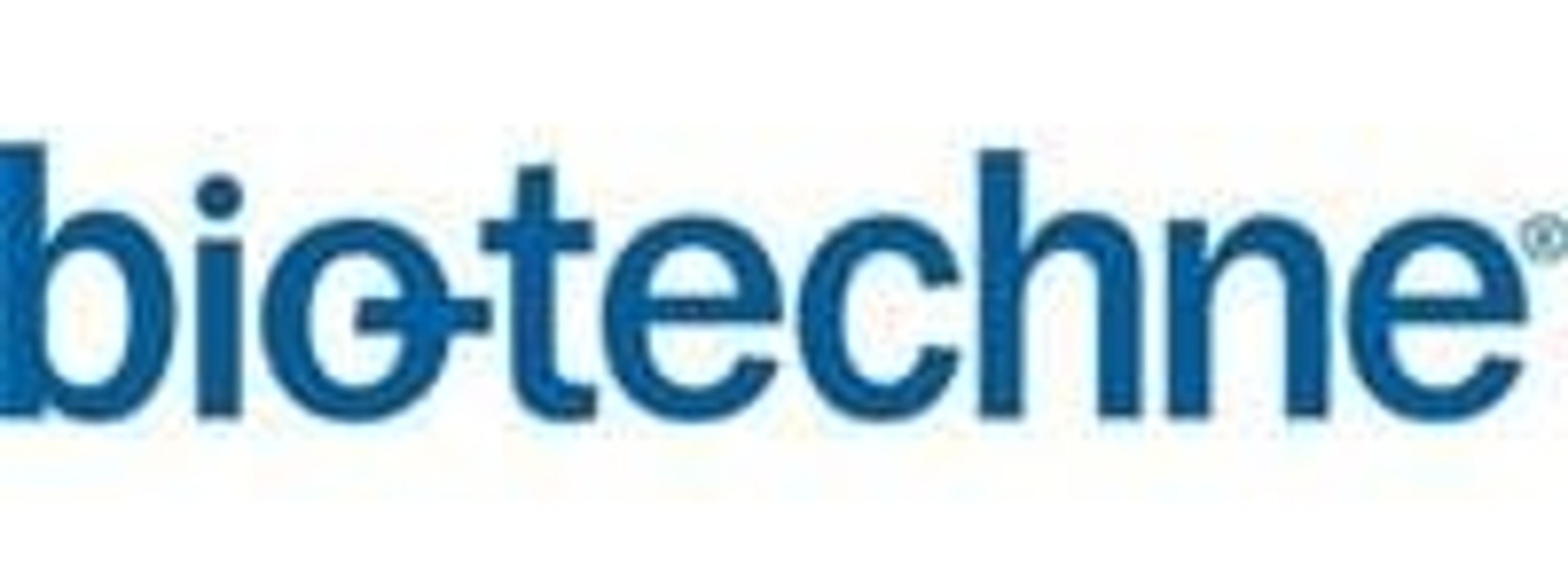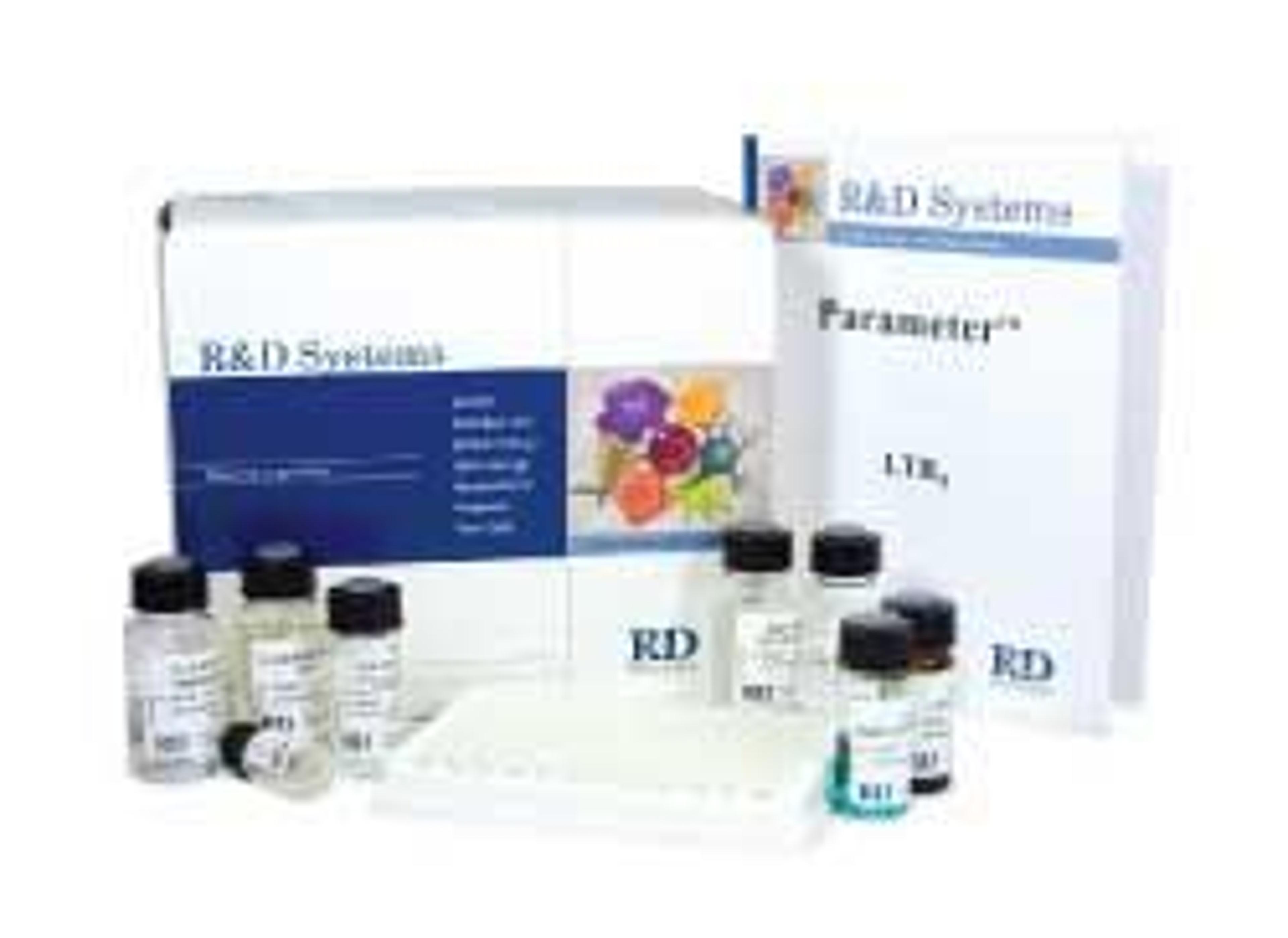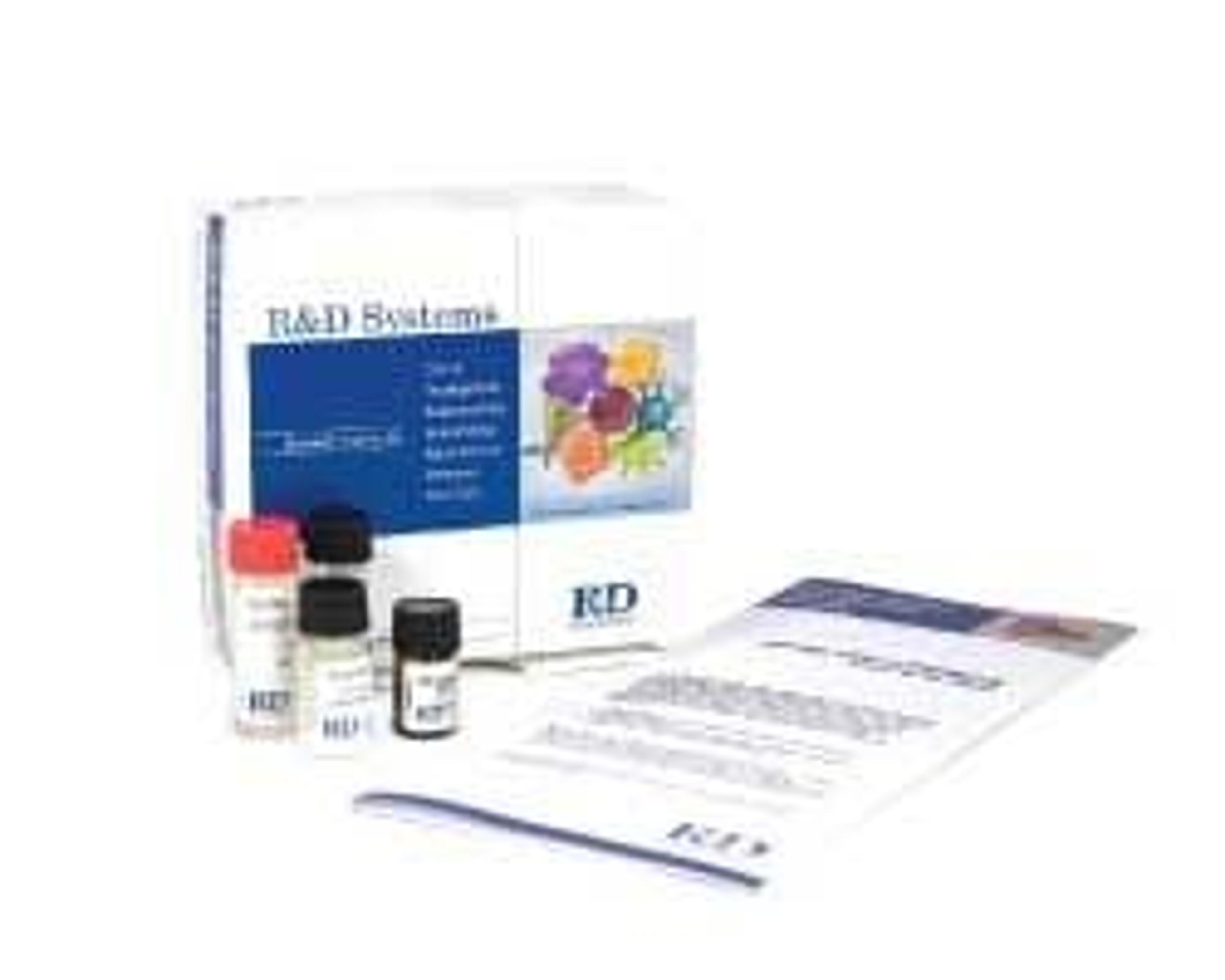SIRT1
Cisbio BioassaysAn acetyl-biotinylated substrate recognized by a Eu3+ anti-acetyl MAb and SA-XL665, which is used in activator screening or to test an High Throughput SIRT1 inhibitor. The level of enzymatic activity is inversely proportional to the amount of signal produced in the system. For more information please visit Cisbio Bioassays website.


